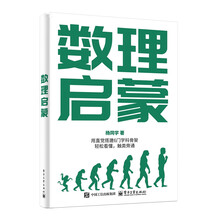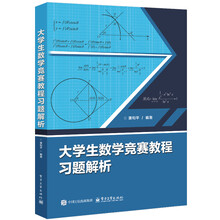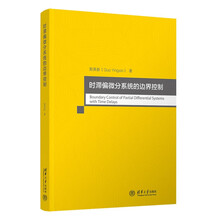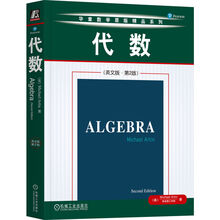第一部分 早期研究
The Economic Theory of Index Numbers in the Valuation of Real
National Income
1. Introduction
2. The Valuation of an Individual Consumer’s Real Income
3. The Valuation of Real Income for a Group of Individuals
4. The Valuation of Real Income for a Group of
Individuals (continued)
5. Imperfection of the Economy and Valuation Problems
6. Summary and Conclusion
7. Appendix A:A Note on Fisher’s Concept of Real Income
8. Appendix B
Acknowledgement
VITA
第二部分 数理设计
估计缺落数据的交互对比法
1. 前言
2. 多个因素水平的复杂性
3. 对比、交互对比
4. 交互对比的一般形式
5. 最小二乘法
6. 在拉丁方上的应用——内加条件法
7. 在部分析因实验上的应用
8. 结语
近代数理统计的精巧性和应用性
1. 什么是统计推断?
2. 矩法并不总是合理的
3. 凭什么进行估计?
4. 显著性判断,不是乱猜?
5. Fisher,Wald,各有所执
抽样调查的代表性问题及有关理论和概念的历史发展
1. 引言
2. 调查样本设计
3. 估计理论
4. 结束语:理论与实践
怎样在加速寿命试验中构造置信区间
第三部分 正交试验设计
正交试验设计讲座(农机试验例解)
1. 什么是正交试验设计
2. 怎样做正交试验
3. 正交设计的原理
4. 多指标问题
5. 交互作用的考察
6. 正交表的使用
正交设计法
1. 概述
2. 区组试验(局部控制)
目录3. 正交拉丁方与正交表
4. 析因试验及其部分实施
5. 正交表中交互作用列的表示与构造
6. 部分析因中的效应混杂
7. 区组混杂
8. 多因素优选法
9. 几种常用正交表
10. “正交设计法”相关和反馈信息
第四部分 数量经济
正交实验设计在微观计量经济中的应用——政策(或事件)评价法
1. 回归设计与分析
2. 正交设计与分析
3. 正交设计的价值
湖北省现场统计研究会第四次代表大会概况
多元线性回归系数的“其他情况不变”释义
1. 引言
2. 多元回归的OLS估计与解释
3. 受控变量过少的严重性
4. “代理”与“工具”
5. 讨论
6. 因果效应与综列数据
7. 结束语
微观计量经济学中的实验设计法——期望“计量经济(学)设计与
分析”的出现
1. 控制什么?怎样控制?
2. 不可观测变量的控制
3. 非严格的可估计函数
4. 实验经济学
5. 期待“计量经济(学) 设计与分析”的出现
第五部分 国际交流
Aspects of Technology Transfer:China’s Experiences
1. Economic Growth:The End Product of Technology
2. Technology Transfer:Wage, Employment and income Distribution Profile
3. ShortRun Versus LongRun:The Familiar Economic Debate
4. Technology Transfer and Product Quality
5. Free Trade Regime and Technology Transfer
6. Cooperation and Competition
7. Conclusion
Note
Should Finite Population Inference Follow a Different Principle
1. The Challange
2. Doubts about the MVU Principle and “Therefore”
3. Relevance of the Identifier
4. Fundamentals of Neyman’s Principle Revisited
5. A Practical Viewpoint
附件:在日本创价大学的演讲(1986年11月11日)
China’s Modernization:Stability,Efficiency,and the Price Mechanism
1. Stability,a Priority
2. A Retreat From Efficiency
3. Formation of Price in a Socialist Economy
4. Reform of the Irrational Price System
5. Avoiding Inflation and Ensuring Success
6. Appendix:Chronology in the Price History of China
Acknowledgment
Notes
参考文献
后记
展开










